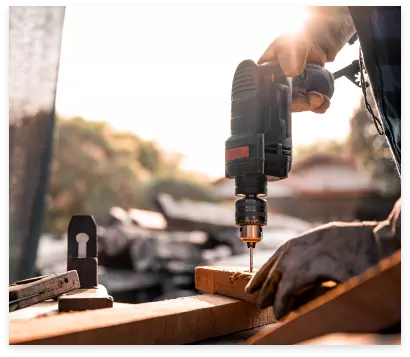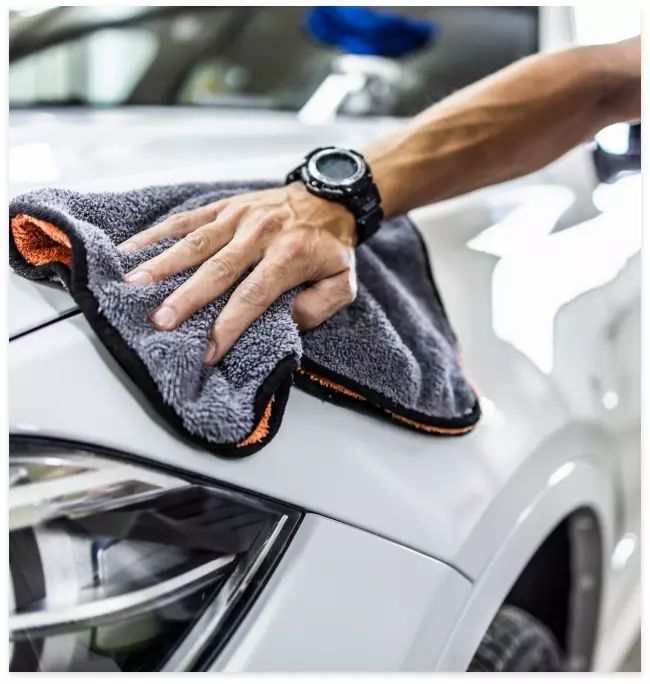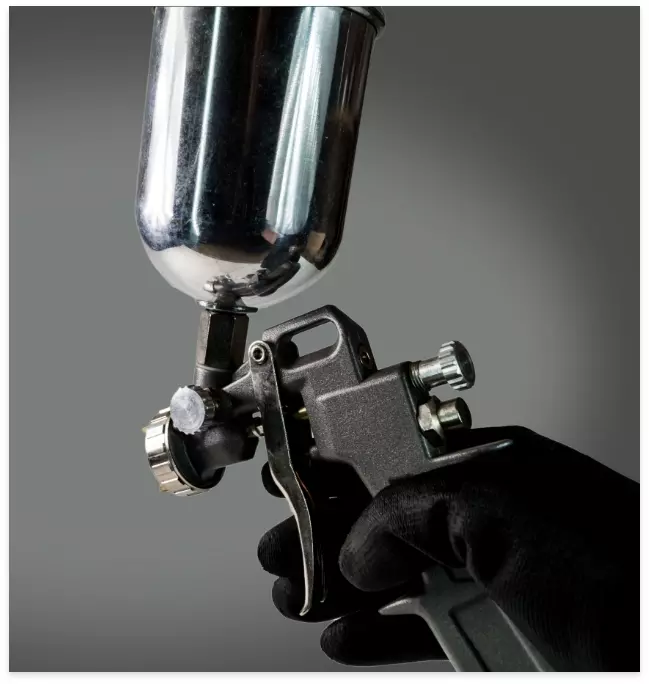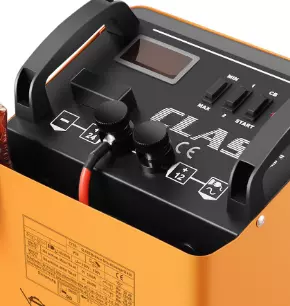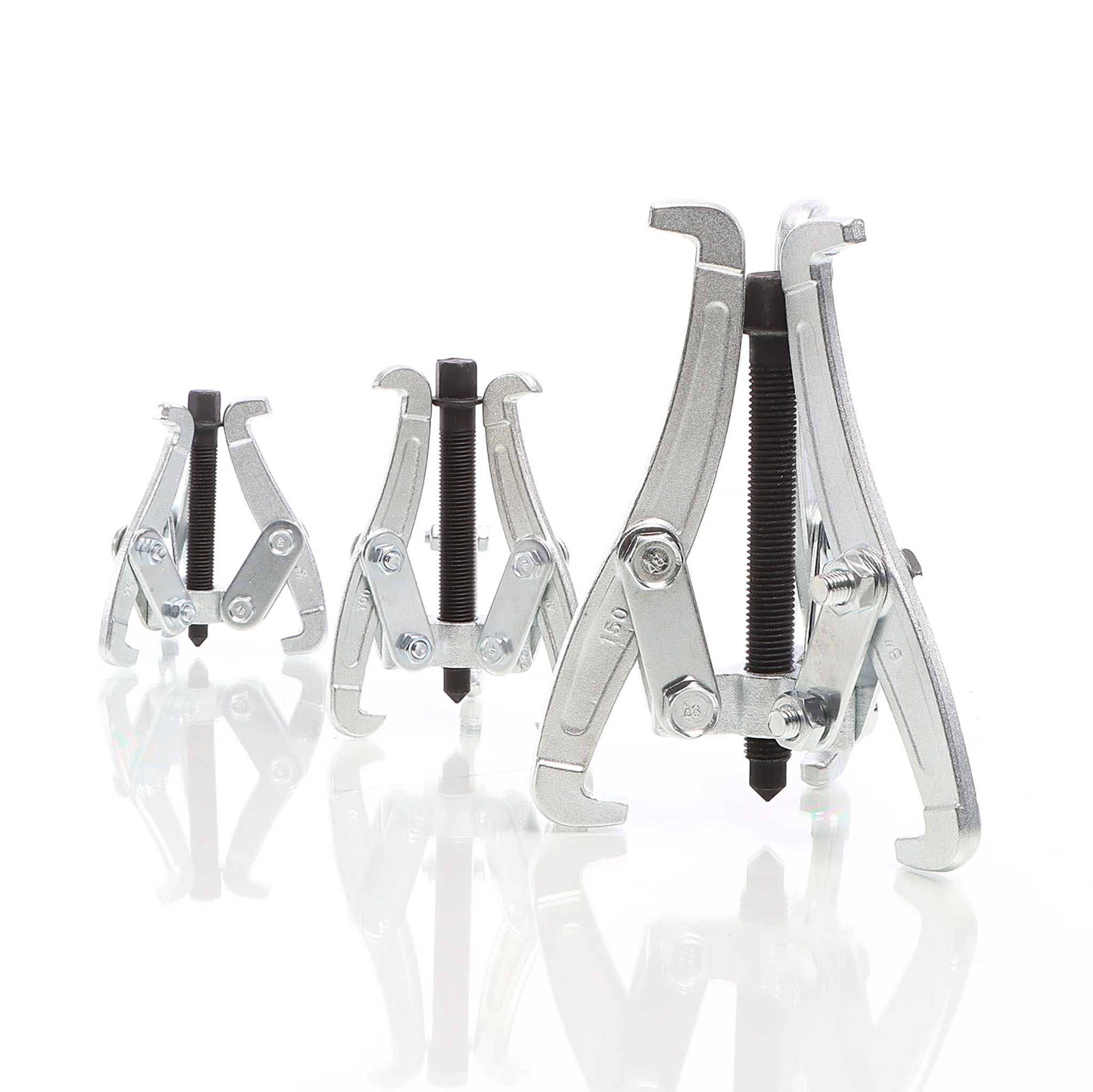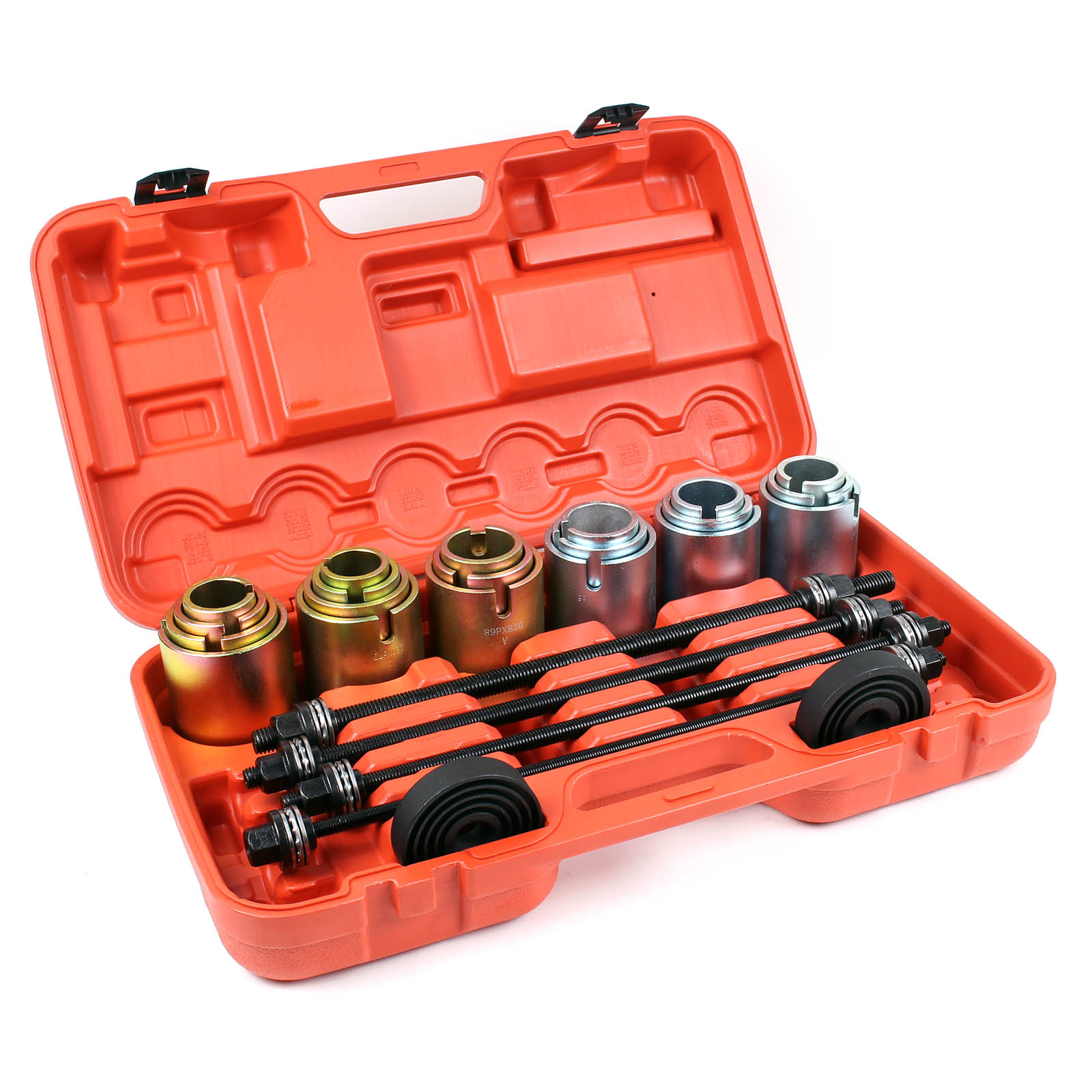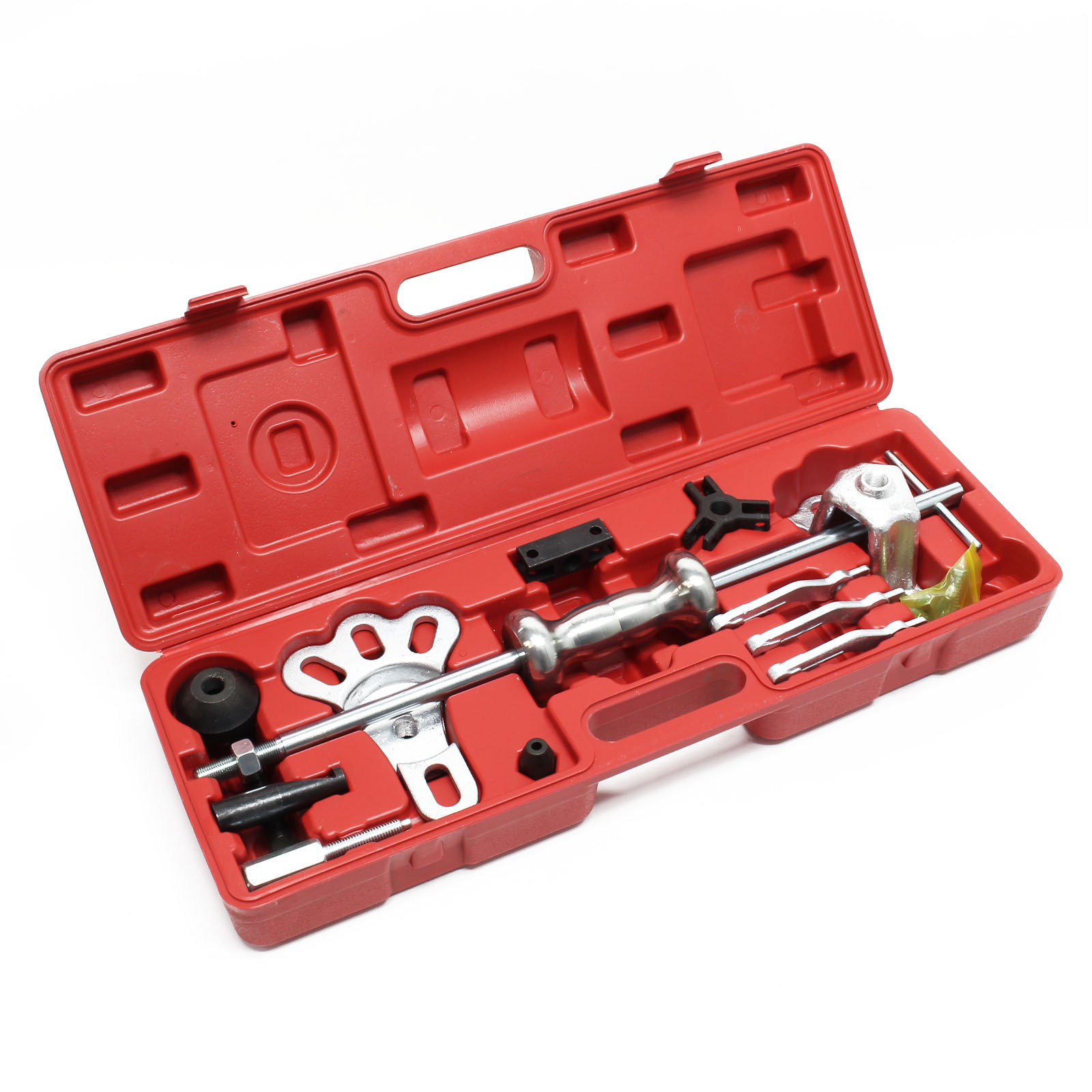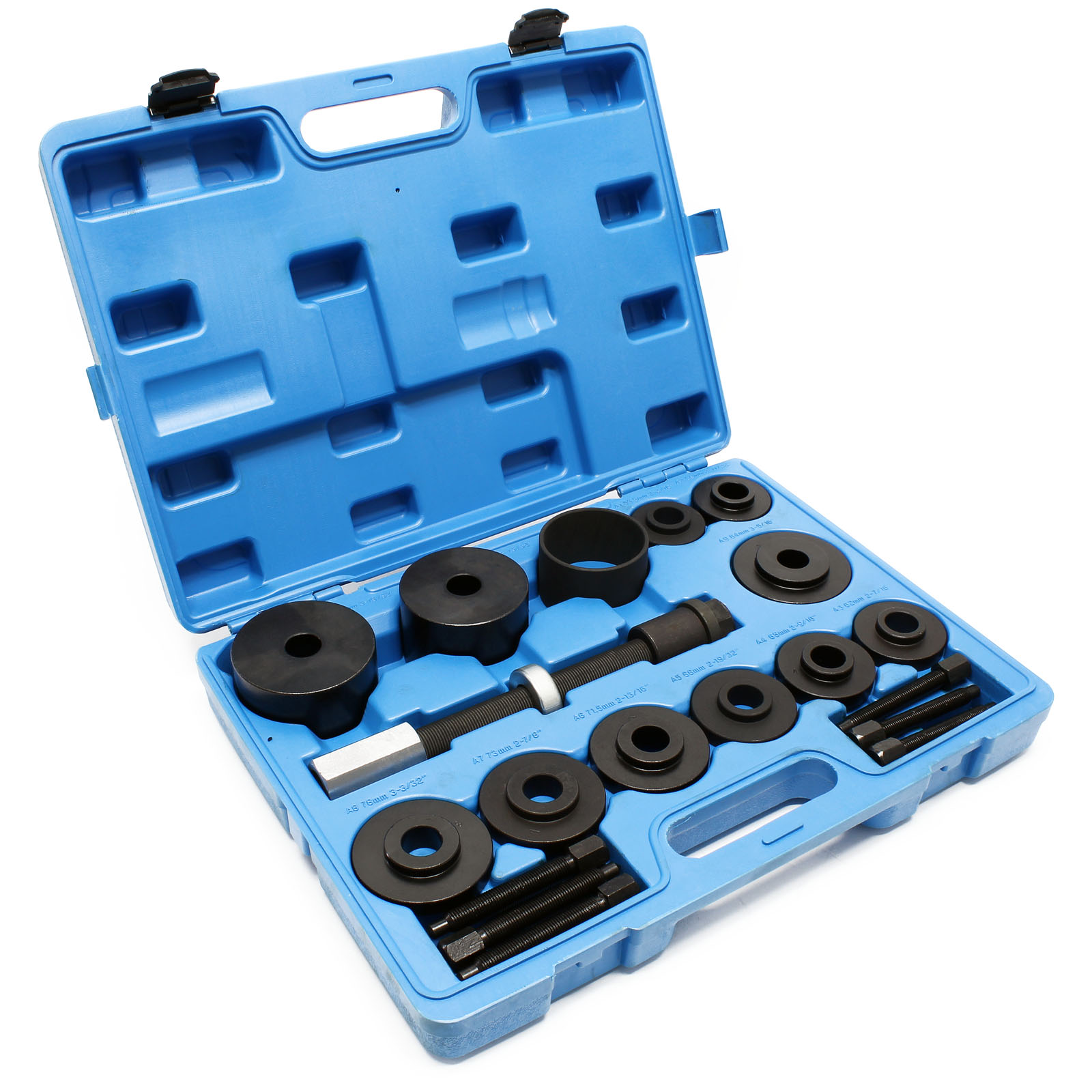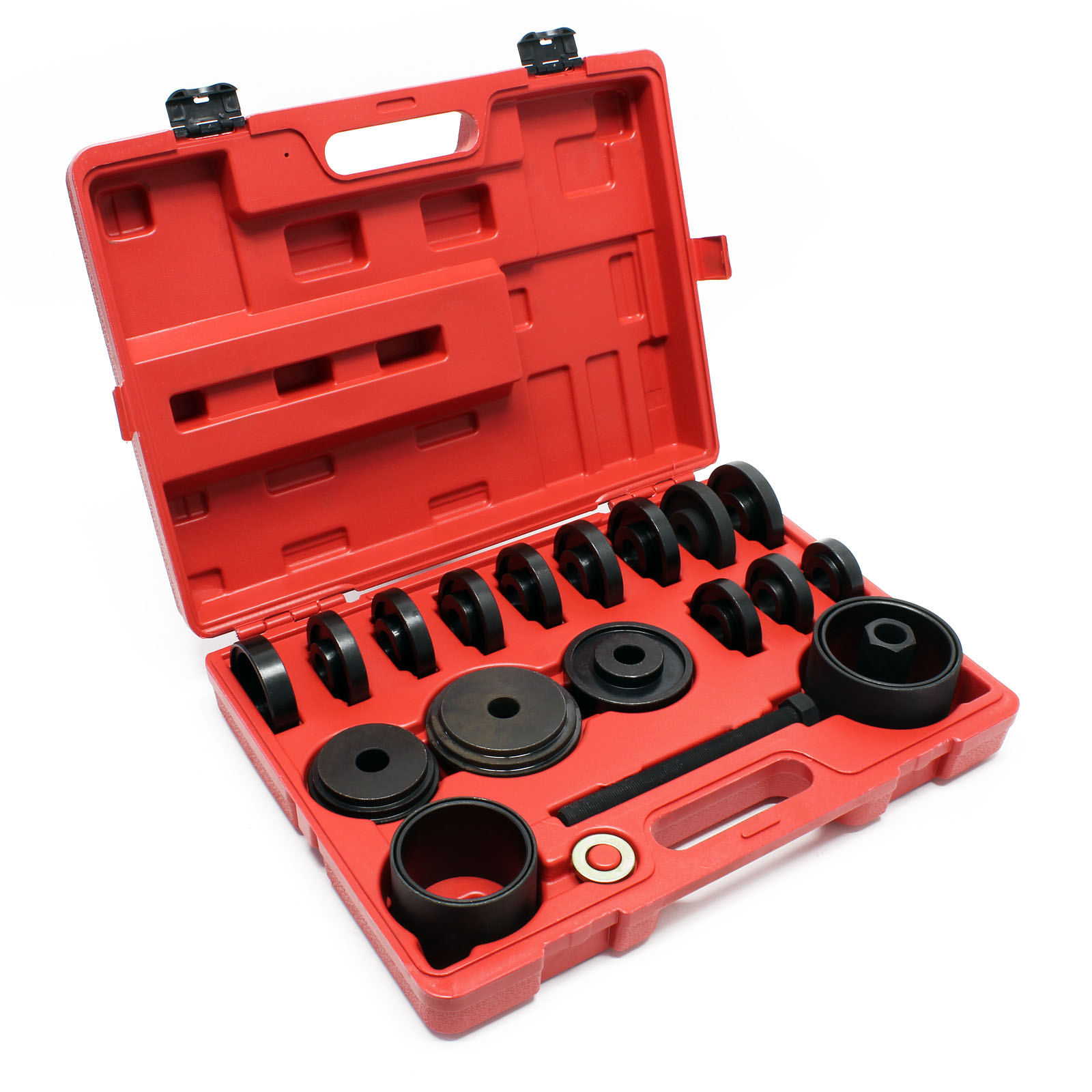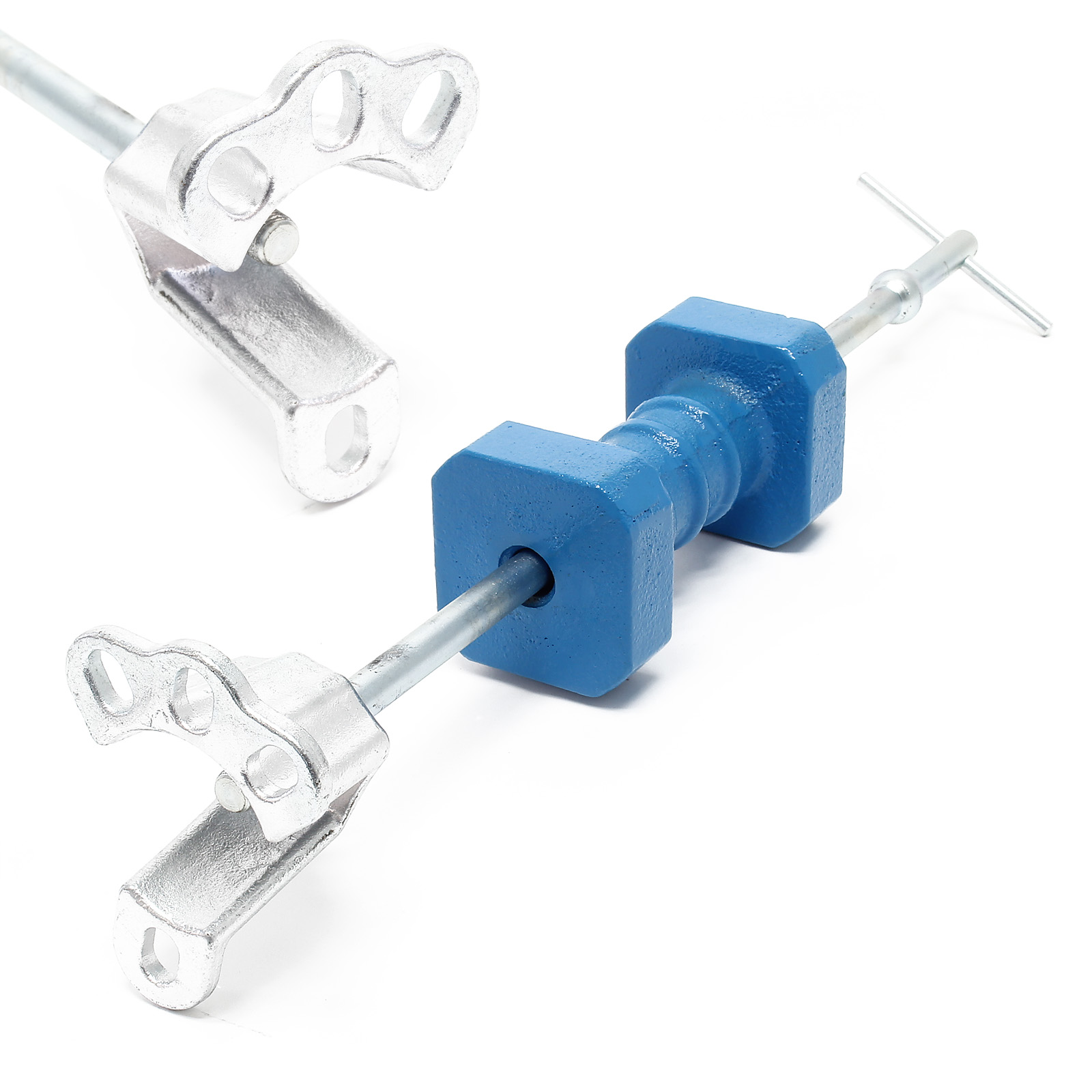Wheel Bearing Tools
Available, delivery time: 2 - 3 days
• 3-pieces set
• Bearing puller
• Chrome-plated
Available, delivery time: 2 - 3 days
• Includes pressure plates, spindles and sleeves
• Made of high-quality steel and aluminium
• The kit is suitable for most cars
• Handy tool case for easy transport and storage
Available, delivery time: 2 - 3 days
• For wheel hubs and wheel bearings
• Material: steel
• For 4 and 5 bolt wheel hubs
• Including equipment
Available, delivery time: 2 - 3 days
• 1 threaded spindle
• 9 Adapters: 55,5-84 mm
• 1 Pressure sleeve 76 mm
• 2 Pressure housings 86 mm, 91 mm
Available, delivery time: 2 - 3 days
• Universal set assembly / disassembly
• 13 Pressure plates 55-88 mm
• 4 Extractor tools 76,86,91, 102 mm
• In a practical tool case
Available, delivery time: 2 - 3 days
• For wheel hubs and wheel bearings
• Material: steel and ductile iron
• For 4 and 5 bolt wheel hubs
• For wheel bearings with ⌀ 100 – 115 mm bolt circle
Available, delivery time: 2 - 3 days
• For gears, ball bearings, pulleys, etc.
• Adaptable universal internal/external extractor
• Made of heat-treated galvanised steel
• Three legs for better grip and power transmission
Available, delivery time: 2 - 3 days
• For gear wheels, ball bearings, pulleys, etc.
• Three arms for better grip and besser power transmission
• With slide hammer
• Made of carbon steel


